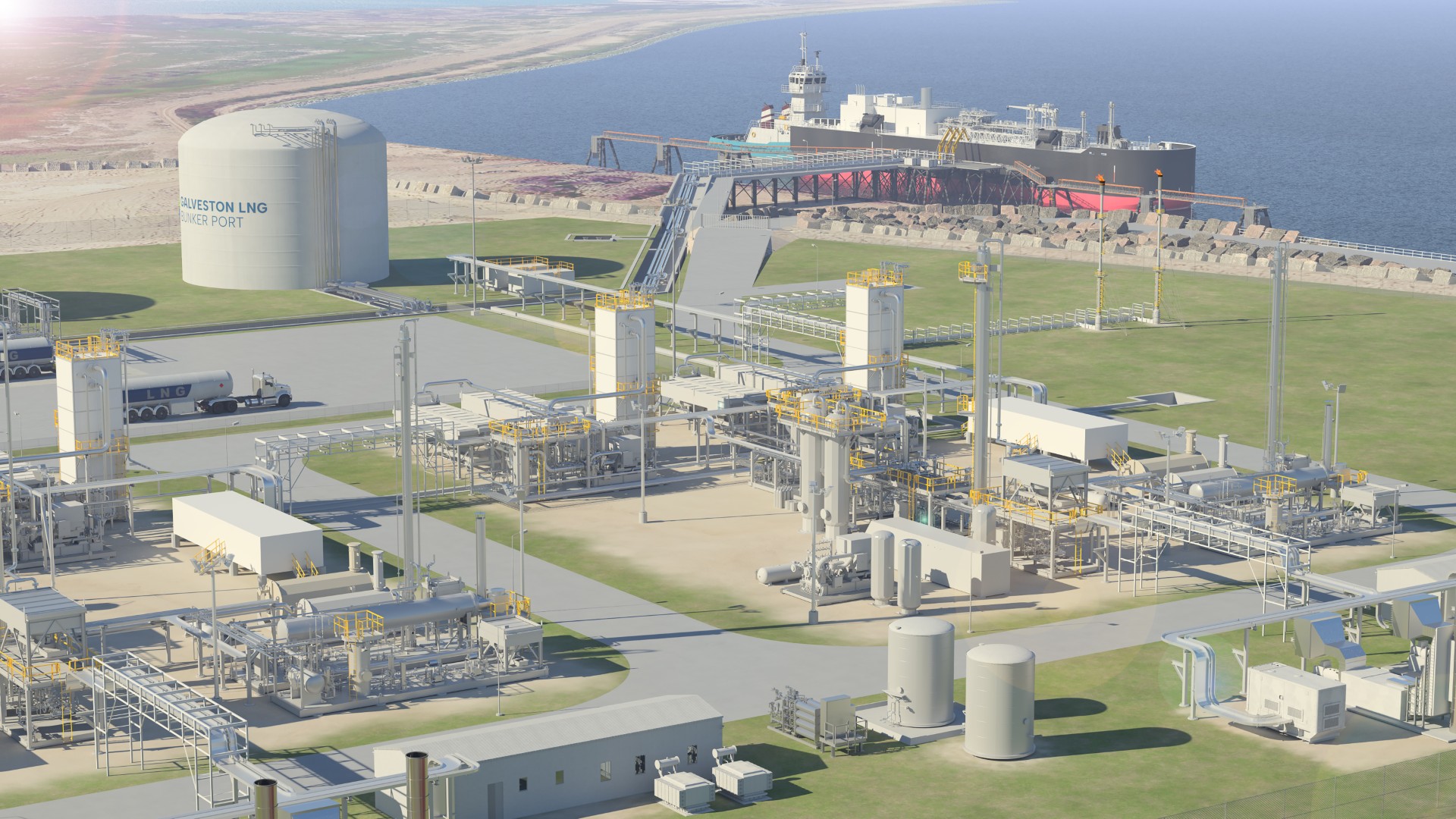This story requires a subscription
This includes a single user license.
Under the LoI, Loa Carbon will provide renewable e-methane directly to GLBP for liquefaction.
Following liquefaction, GLBP will provide the e-LNG fuel to customers seeking low-carbon fuels, according to a statement on Tuesday.
Located on the Texas City Ship Channel in the Texas City industrial area, the GLBP facility is optimally located to serve major ports, including Port Houston, the Port of Galveston, and the Port of Texas City, GLBP said.
The Texas City location offers GLBP and Loa Carbon unique advantages for the supply of “cost-competitive” e-methane production.
GLBP said there is abundant CO₂ feedstock available with Texas City, which is home to extensive chemical and refining infrastructure. This offers a significant amount of industrially captured CO2 for future scale-up potential.
In addition, the region offers biogenic CO2, with Loa having identified nearby landfills.
Additionally, Texas offers “low-cost” renewable power.
“ERCOT’s high-renewables grid and competitive electricity rates, combined with the 45V hydrogen production tax credit, enable cost-competitive green hydrogen production,” GLBP said.
“Co-locating Loa Carbon’s e-methane production modules on the GLBP site enables direct injection into the terminal city gate systems for FuelEU compliance, ensuring blending with conventional LNG, and creating a one-stop fueling for shipowners requiring both volume and carbon compliance,” GLBP said.
The GLBP project is projected to come online in 2028 as the US Gulf Coast’s first dedicated LNG liquefaction facility for marine bunkering, the company added.
Jonathan Cook, CEO for Pilot LNG, said GLBP will be the first supplier of LNG bunker fuel to provide e-LNG in North America.
“By producing LNG at the supply side of the value chain, we eliminate the need for shipping and storage, thereby reducing overall emissions compared to LNG bunker fuel delivered in Europe or Asia,” he said.
Permits secured
In May, Pilot LNG and Seapath received final construction permits for their planned LNG bunkering facility.
Before that, GLBP signed a deal to supply LNG to London-based Dunmura.
The project also secured gas supply by entering into a gas supply agreement with Energy Transfer’s Houston Pipeline (HPL).
This gas supply agreement supports GLBP in providing LNG marine fuel to customers in the Galveston Bay Port complex, including the ports of Houston, Galveston, and Texas City, as well as Galveston Offshore Lightering Areas, on a long-term basis.
GLBP previously said that operations are expected to start in the second half of 2027.
The terminal is being developed in two phases with a total capacity of up to 720,000 gallons per day accompanied by two three-million-gallon storage tanks.

